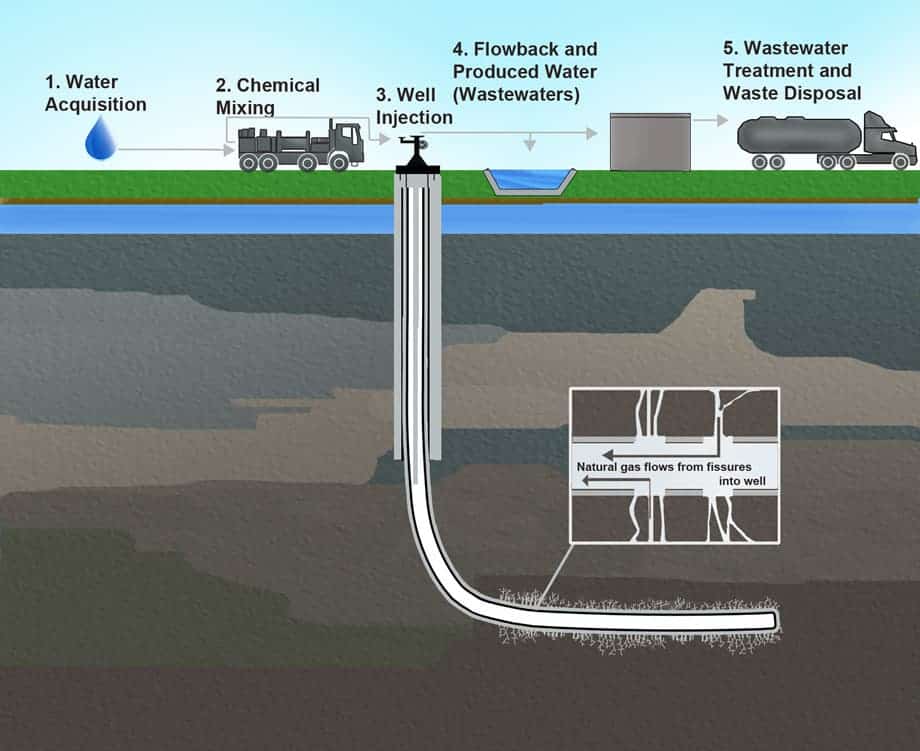A survey of a major oil and natural gas-producing region in Western Canada founds evidence that hydraulic fracturing or “fracking” does indeed cause earthquakes in the region. The study, like several others before it, differs from reports by oil and gas companies, who claim fracking does nothing to increase local seismicity.

Hydraulic fracking is the well-stimulation technique in which rock is fractured by a pressurized liquid. It sounds harmless enough, but fracking causes a myriad of problems. For a single well, millions of gallons of water, sand and chemicals are pumped inside, without a strict control of the resulting fissure system. Aside for the huge water consumption, other environmental problems include air emissions and climate change, water contamination, land use, risk of earthquakes, noise pollution, and health effects on humans. To be honest, among those, the risk of earthquakes doesn’t rank particularly high because the resulting earthquakes are generally very small – but it’s definitely a risk you don’t want to ignore.
This study, which was published in Seismological Research Letters, analyzed oils in the Western Canada Sedimentary Basin (WCSB) which contains one of the world’s largest oil and gas reserves, and is dotted with thousands of fracking wells drilled in multi-stage horizontal operations. Gail M. Atkinson of Western University analyzed the relationship of 12,289 fracking wells and 1236 wastewater disposal wells to magnitude 3 or larger earthquakes in an area of 454,000 square kilometers. The numbers are certainly large enough to offer statistical relevance.
The researchers performed a statistical analysis to figure out which earthquakes could be caused by hydraulic fracking. Basically all the earthquakes in the area were caused by humans. More than 60% of these quakes are linked to hydraulic fracture, about 30-35% come from disposal wells, and less than 10% come from natural causes.
“It had previously been believed that hydraulic fracturing couldn’t trigger larger earthquakes because the fluid volumes were so small compared to that of a disposal well,” Atkinson explained. “But if there isn’t any relationship between the maximum magnitude and the fluid disposal, then potentially one could trigger larger events if the fluid pressures find their way to a suitably stressed fault.”
Atkinson and colleagues found 39 hydraulic fracturing wells (0.3% of the total of fracking wells studied), and 17 wastewater disposal wells (1% of the disposal wells studied) that could be linked to earthquakes of magnitude 3 or larger. These are small percentages, but when you consider that thousands of these wells are being drilled every year in Western Canada alone, the scale of this problem becomes evident. So far, there has been no significant damage caused by these earthquakes, but it seems like only a matter of time before this happens.
“We haven’t had a large earthquake near vulnerable infrastructure yet,” she said, “but I think it’s really just a matter of time before we start seeing damage coming out of this.”
It’s important to note that oil and gas companies have long downplayed the risk of seismicity caused by hydraulic fracking. Researchers warn that better and more impartial ways of estimating this risk have to be developed.
Journal Reference: http://dx.doi.org/10.1785/0220150263






